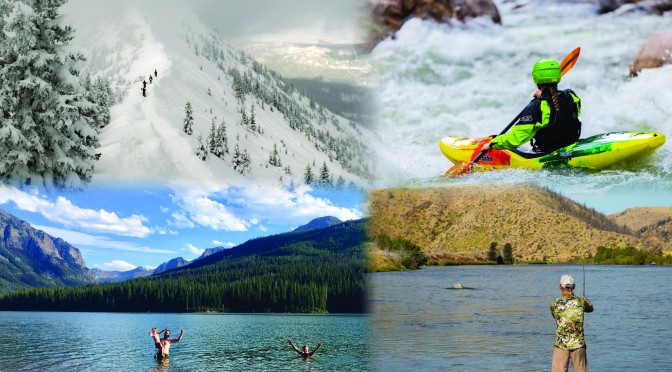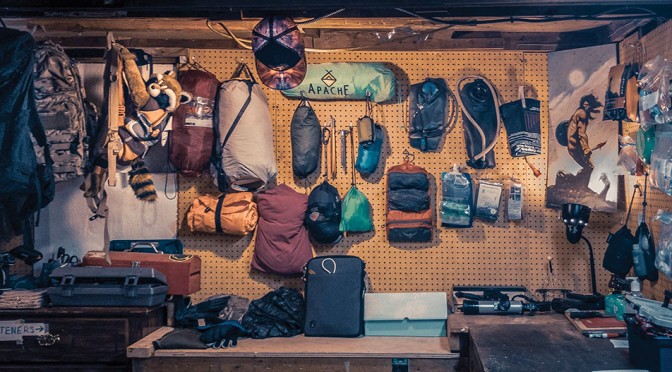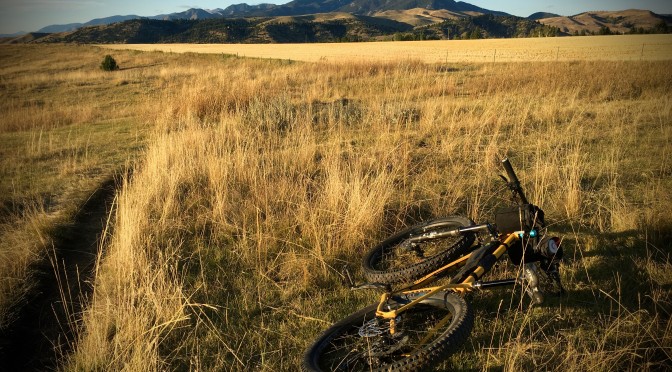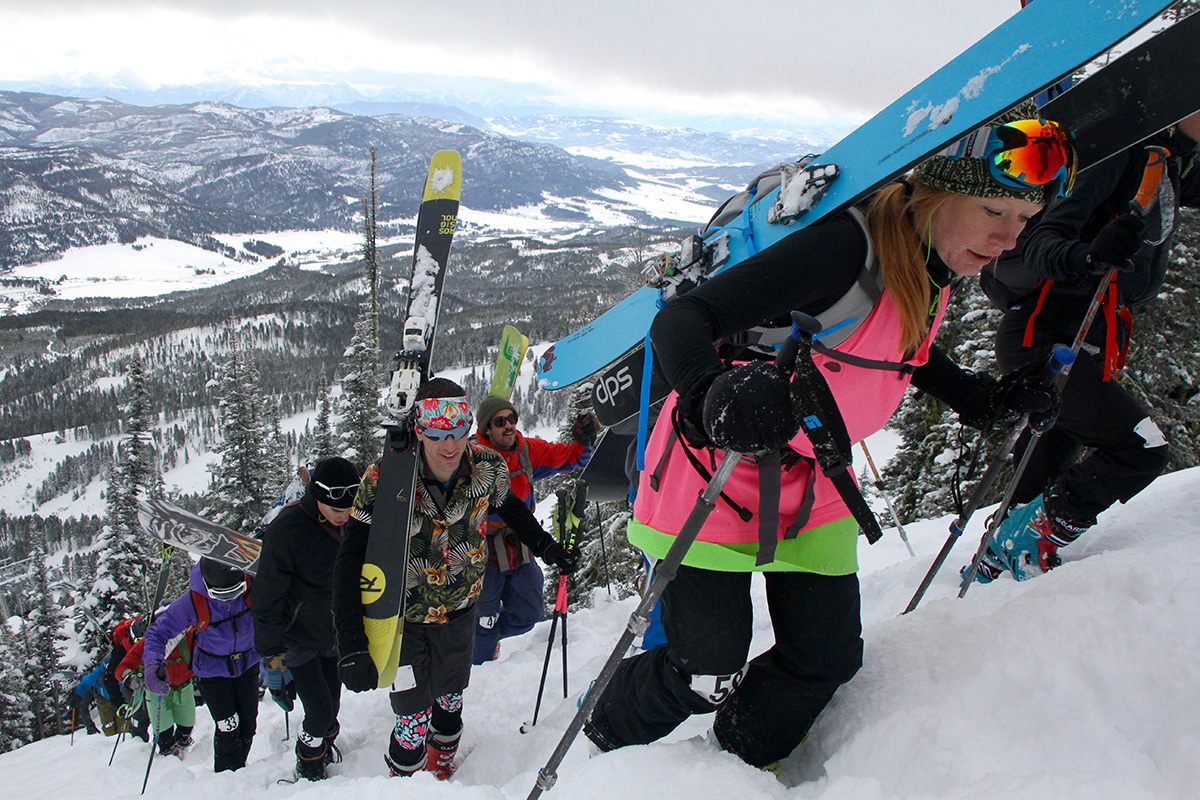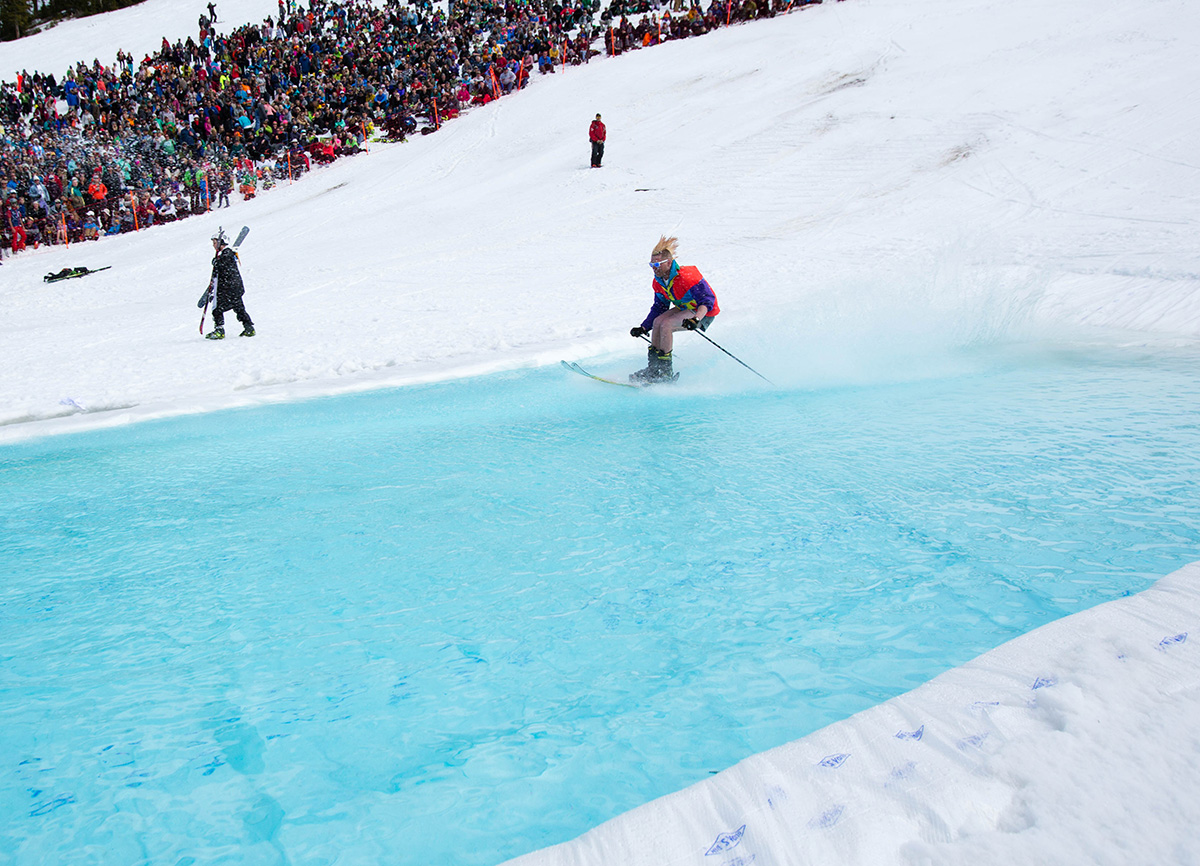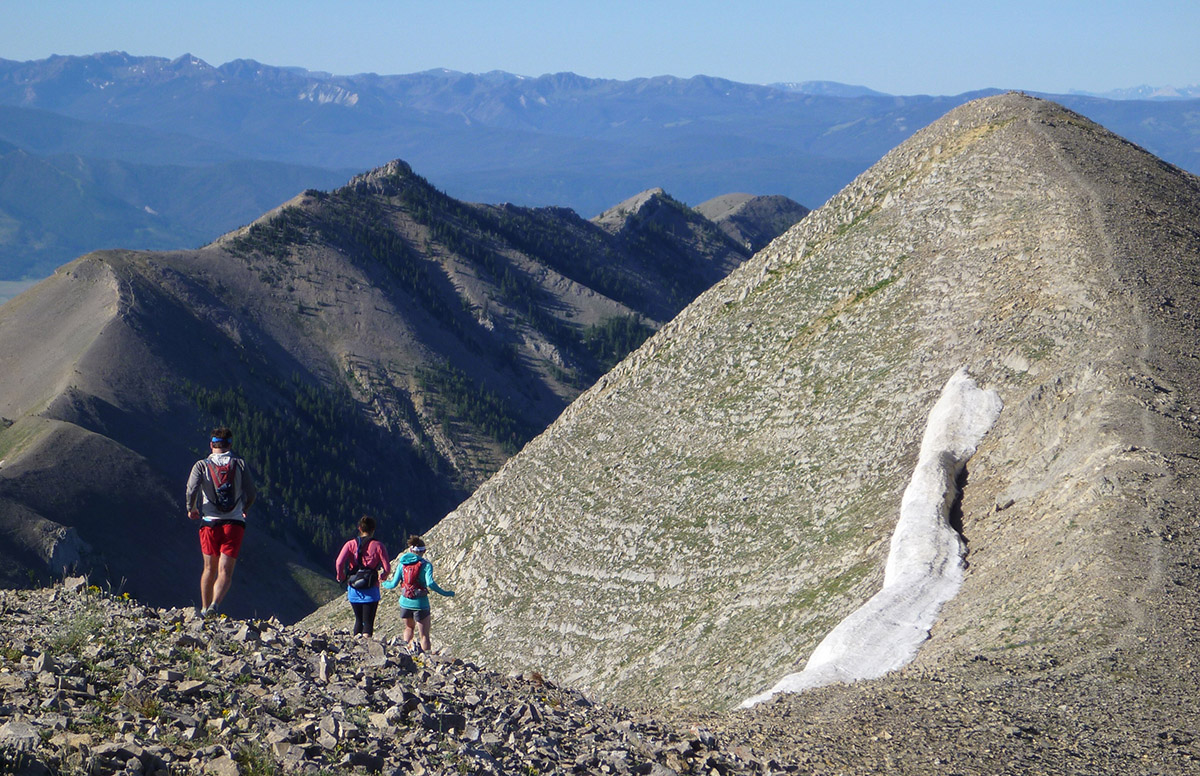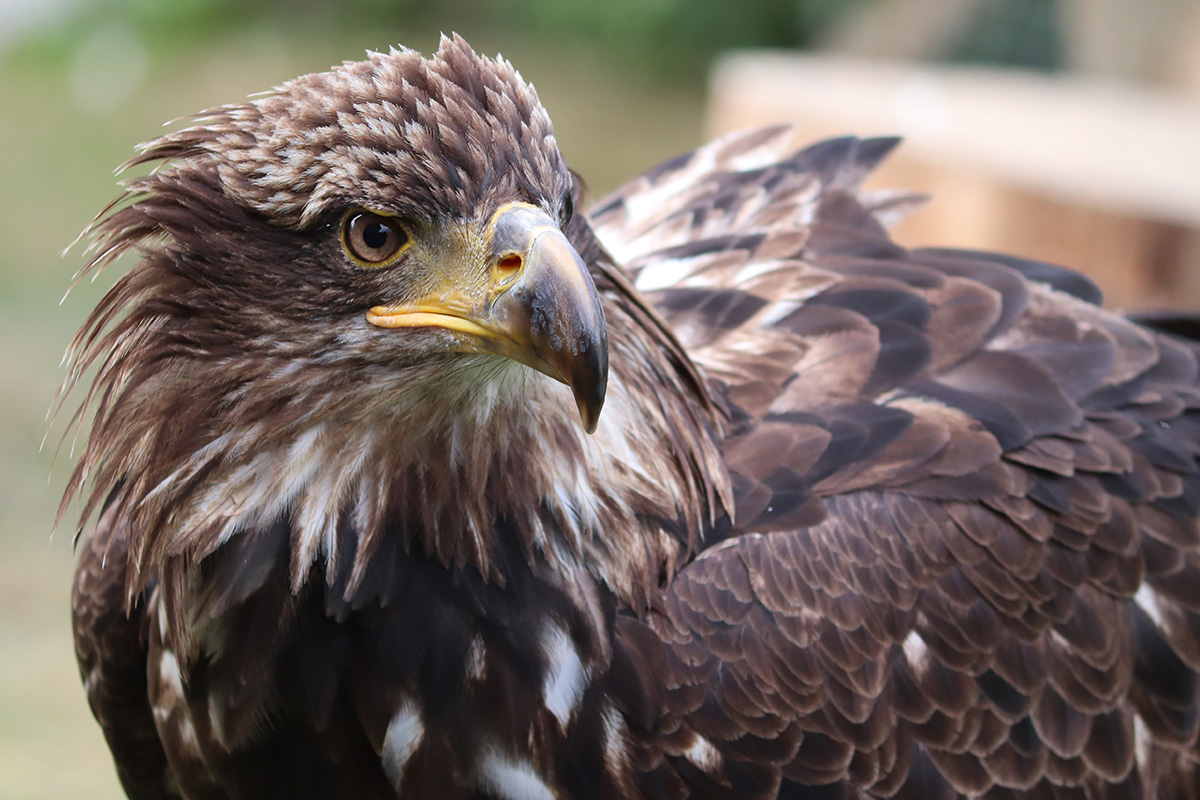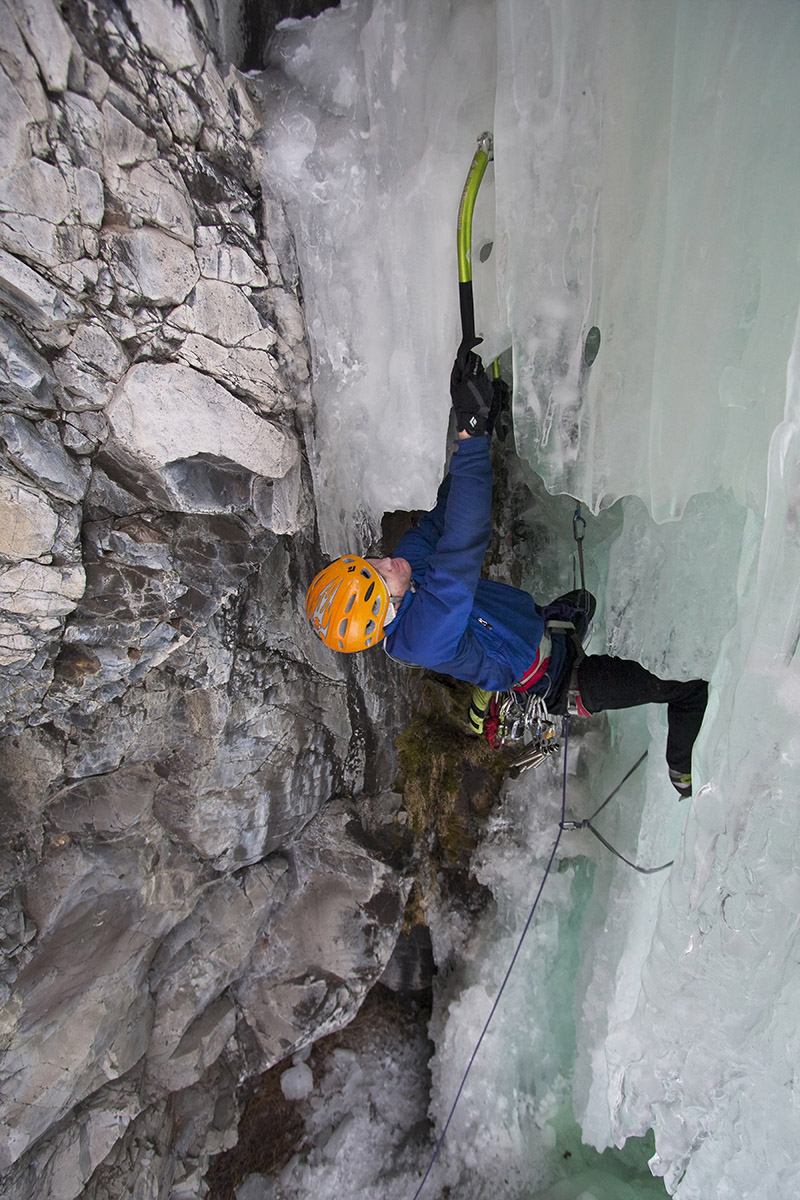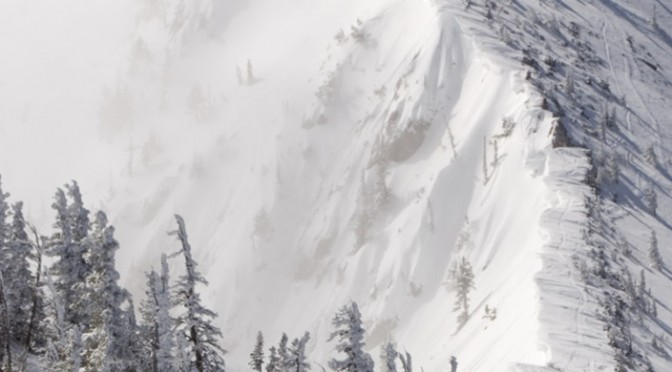In Bozeman, it’s impossible to do it all, but if you’re like us, you strive to. Every season presents its own set of outdoor challenges and opportunities, but there are a few activities so renowned that they bear repeating on a near-annual basis—classics, you could call them. Below is a list of seven. Do them all and you’re one step closer to becoming a true Bozemanite.
Ski the Ridge
By this we mean the ridgeline above Bridger Bowl. The Bridger Lift drops you off 600 feet from the top, where you can bootpack the rest of the way. You’ll need a beacon, and once on the Ridge, keep your wits about you—get off-route and you’re bound for serious amounts of undesired airtime.
Swim in Hyalite Reservoir
The most accessible activity on this list. You may have heard of Hyalite for any number of reasons, including, but not limited to: fishing, running, biking, and ice climbing. While each of these has its place, nothing beats a cold refreshing dip on a hot summer’s day, with the craggy peaks of the mighty Gallatin Range towering above.
Paddle the Mad Mile
Ever since A River Runs Through It became a box-office hit, the Gallatin River’s reputation has been one of fly fishing. While trout do in fact fill its waters, come spring runoff, all attention is on the foamy rapids between Lava Lake Trailhead and Upper Storm Castle. Navigate this section successfully in a watercraft and earn a badge of Bozeman honor.
Fish the Madison River
You came to Bozeman, but did you remember your fly rod? We can’t guarantee you elbow room, but there’s a reason this river is so highly sought-after. Whether it’s casting from the banks, moving to and fro in your waders, or drifting slowly down in a boat, fishing the Madison is a staple Bozeman experience.
Climb Gallatin Tower
There are a number of routes by which to do so; which specific one you choose, we don’t care. The point is, get to the top. Why? Because it is there (said someone famous). And because you’ll be rewarded with views of the river, and a charcoal grill, in case you brought hot dogs. But most importantly, because you will feel alive.
Bike the Bangtail Divide
On two wheels, you won’t find a more quintessential ride. Starting from Stone Creek, the trail climbs high above Bridger Canyon and contours north to Grassy Mountain for a beautiful descent down to Brackett Creek. Or do it in reverse. Either way, you’re looking at 23 miles of pure mountain-biking glory.
Hike or Run Mount Baldy
By now, you know where the “M” is. But have you traveled above the big white letter to the broad prominent peak in the distance? If not, do so. Grunt your way past false peaks to summit one of Bozeman’s most famous. Then, look out at the sweeping Gallatin Valley below and give thanks that by some stroke of fortune you ended up where you did.

